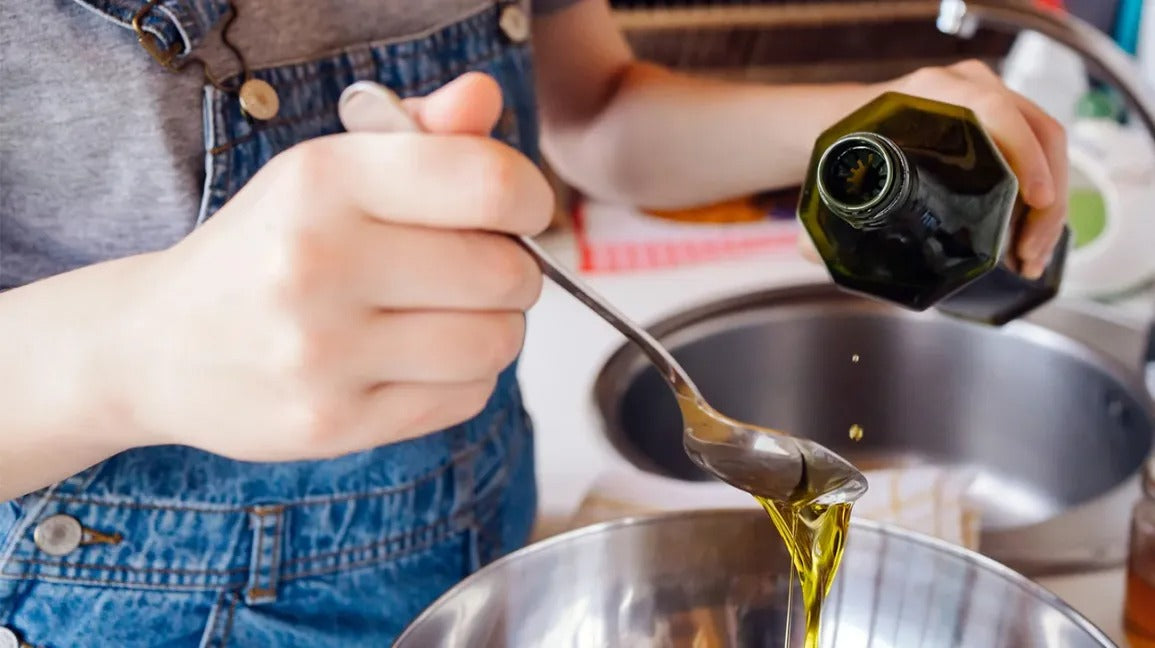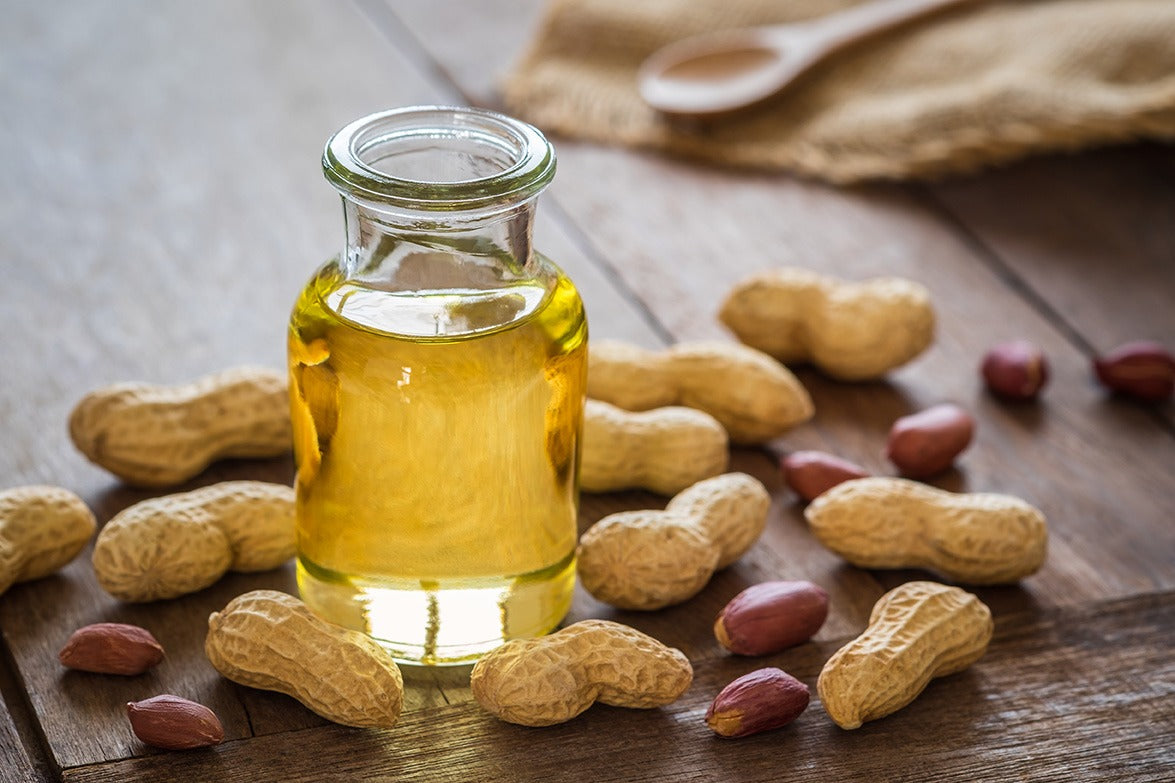Peanut oil holds a cherished spot in kitchens worldwide. Known for its nutty flavor and high smoke point, peanut oil is a favorite of chefs and home cooks alike. But have you ever wondered, 'How is peanut oil made?' This article delves into the fascinating process of peanut oil production from start to finish.

The Journey Begins: The Harvesting and Selecting of Peanuts
Before peanut oil can be made, the journey starts in peanut fields. Farmers harvest peanuts when they reach optimal ripeness. Once collected, these peanuts are carefully selected to ensure only the highest quality produce is used. High-quality peanuts result in better flavor and a higher yield of oil.
Sorting and Cleaning
Once harvested, the peanuts undergo sorting and cleaning. This step is crucial as it removes any debris, dirt, or low-quality peanuts. The cleaned peanuts are then dried to reduce moisture content, ensuring a longer shelf life and optimal oil extraction.
Roasting: Enhancing Flavor
One of the secrets behind the rich, nutty flavor of peanut oil lies in the roasting process. Peanuts are lightly roasted to bring out their natural oils and enhance their distinct flavor. This step is particularly important for gourmet and specialty oils.

From Peanuts to Oil: The Extraction Process
The heart of peanut oil production lies in the extraction process. There are several methods used to extract oil from peanuts, each with its unique benefits.
Cold Pressing Method
Regarded as the premium method for oil extraction, cold pressing involves crushing peanuts without applying heat. This method retains most of the nutrients and the natural flavor of the oil, making it a favorite among health-conscious consumers.
Solvent Extraction
In larger-scale productions, the solvent extraction method is often used. This involves soaking the crushed peanuts in a solvent, usually hexane, which helps dissolve the oil. The mixture is then heated to evaporate the solvent, leaving behind pure peanut oil.

Refining the Extracted Oil
After extraction, the peanut oil undergoes a refinement process to ensure it reaches the desired purity and quality levels. This process involves several steps:
Degumming
In the degumming process, water is added to the oil to remove phospholipids, which can make the oil cloudy if left untreated. This step improves the clarity and stability of the oil.
Neutralization
Neutralization helps remove free fatty acids from the oil. A base, typically sodium hydroxide, is added to the oil to convert these acids into soap, which is then separated from the oil.
Bleaching
Bleaching removes pigments and impurities from the oil. The oil is mixed with bleaching clay to absorb these unwanted elements, resulting in a clearer, lighter oil.
Deodorization
To give peanut oil its mild flavor and extended shelf life, it undergoes deodorization. This involves heating the oil under vacuum to remove volatile compounds that can affect the oil's taste and aroma.

Packaging and Storage
Once refined, the peanut oil is ready for packaging. The oil is poured into sterilized bottles or containers, which are then sealed to keep the oil fresh. Proper packaging extends the shelf life of the oil and ensures it reaches consumers in the best possible condition.
Benefits of Peanut Oil
Peanut oil isn't just favored for its flavor; it also offers several health benefits. High in monounsaturated fats, peanut oil can help lower bad cholesterol levels. It's also rich in vitamin E, which acts as an antioxidant to protect cells from damage.
High Smoke Point
One of the standout features of peanut oil is its high smoke point, which makes it perfect for frying and high-heat cooking. This property ensures that the oil retains its flavor and nutritional value even when exposed to high temperatures.
Frequently Asked Questions
1. What is the nutritional profile of peanut oil?
Peanut oil is rich in monounsaturated fats, polyunsaturated fats, and vitamin E. It is also low in saturated fat, making it a healthy option for cooking.
2. Can peanut oil be used for all types of cooking?
Yes, peanut oil is versatile and can be used for frying, sauting, and as a dressing for salads. Its high smoke point makes it particularly suitable for frying.
3. Is peanut oil safe for people with peanut allergies?
People with peanut allergies should consult with a medical professional before consuming peanut oil. Refined peanut oil typically does not contain allergenic proteins, but it's best to be cautious.
Conclusion
The journey of peanuts from the field to the bottle is a fascinating process that combines traditional methods with modern technology. With its rich flavor and numerous health benefits, peanut oil continues to be a staple in kitchens around the world. For those interested in other cooking oils and their production processes, you can visit this link. Additionally, learn about the process of how to clean tile floors by visiting this guide.
As an Amazon Associate, I earn from qualifying purchases.






Leave a comment
This site is protected by hCaptcha and the hCaptcha Privacy Policy and Terms of Service apply.